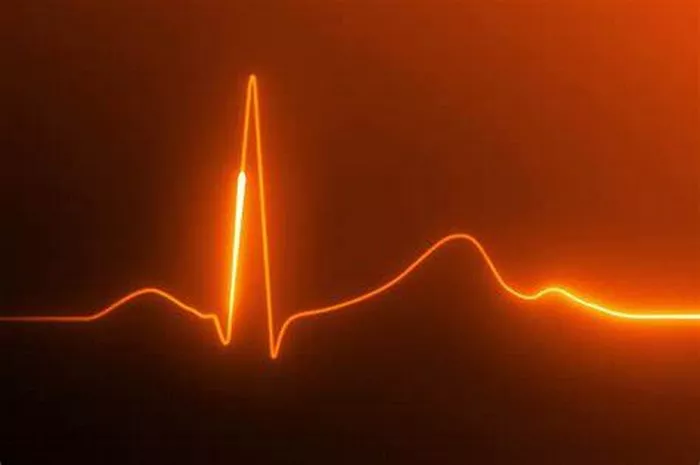What Is The “Heart Arrhythmias”
Heart arrhythmias, commonly referred to as cardiac arrhythmias or heart rhythm problems, are conditions characterized by irregular heartbeats. These can arise due to various reasons—from genetic predispositions and structural changes in the heart to external triggers such as stress or electrolyte imbalances. Arrhythmias can vary in severity, often being harmless, while others require serious medical attention.
The Heart’s Electrical System
The heart’s rhythm is governed by its electrical system, which ensures that it contracts (beats) in an organized way. The sinoatrial (SA) node, located in the right atrium, naturally functions as the heart’s primary pacemaker, initiating each heartbeat and setting the pace for the heart rate. Electrical impulses generated by the SA node spread through the atria and reach the atrioventricular (AV) node. From there, impulses pass down to the ventricles through the bundle of His and the Purkinje fibers. This coordinated timing ensures efficient pumping of blood throughout the body. Disruptions in this process can lead to arrhythmias.
What Are The Classifications And Types of Arrhythmias
Arrhythmias are broadly classified into two groups based on their impact on heart rate:
Tachycardia: This occurs when the heart beats too fast, generally over 100 beats per minute.
Bradycardia: This occurs when the heart beats too slowly, typically fewer than 60 beats per minute.Further, arrhythmias are also categorized by their origin:
Atrial Arrhythmias: These originate in the upper chambers of the heart (atria).
Ventricular Arrhythmias: These originate in the lower chambers of the heart (ventricles).Within these categories, several specific types of arrhythmias are recognized:
Atrial Fibrillation (AFib): Characterized by rapid and irregular beating of the atrial chambers. AFib is the most common type of serious arrhythmia globally.
Atrial Flutter: Similar to AFib but typically more organized and less chaotic than AFib.
Supraventricular Tachycardia (SVT): A fast heartbeat that originates somewhere above the ventricles.
Ventricular Tachycardia: A serious, fast heartbeat originating from the ventricles.
Ventricular Fibrillation: An extremely irregular and rapid heartbeat leading to inefficient heart contractions.
Bradycardia: Slower than normal heart rate, which can be normal in athletes or a sign of a problem in others.
Atrial Fibrillation: The Most Common Type of Heart Arrhythmia
Atrial fibrillation not only represents the most prevalent arrhythmia but also a significant global public health concern due to its association with higher risks of stroke, heart failure, and other cardiac complications. AFib occurs when the electrical impulses in the atria are fired in a very fast and uncontrolled manner, causing the atria to fibrillate (quiver) instead of beating effectively.
How to Diagnose whether The Heart Rhythm Is Abnormal
Diagnosing arrhythmias typically involves:
Electrocardiogram (EKG/ECG): A frontline test that records the electrical signals in the heart.
Holter Monitor: A portable ECG device worn for a day or more to record the heart’s activity as you go about your routine.
Event Monitors: Devices used to record the heart’s electrical activity at specific times when you notice symptoms.
Echocardiogram: Utilizes ultrasound waves to create images of the heart chambers and valves, assessing the pumping function.
Treatment Options for Heart Arrhythmias
Treatment strategies depend on the type and severity of the arrhythmia and may include:
Catheter Ablation: Involves destroying the area of heart tissue causing the irregular rhythm.
Pacemakers and Defibrillators: Implanted devices to help manage heart rhythms.
Lifestyle Changes: Recommendations might include diet modifications, exercise, and stress management.
Conclusion
Arrhythmias, particularly atrial fibrillation, are significant contributors to global morbidity and mortality. Understanding the types of arrhythmias and recognizing the most common among them—atrial fibrillation—provides a foundation for managing these conditions effectively. Continuous advancements in medical research offer hope for more effective treatments, enhancing the quality of life for patients with arrhythmias and reducing associated health risks.
FAQs
What is the most common heart arrhythmia?
Atrial fibrillation (AFib) is the most common type of heart arrhythmia. It is characterized by rapid and irregular beating of the atrial chambers.
What are the warning signs of arrhythmia?
The warning signs of arrhythmia can include :
palpitations (rapid, fluttering, or pounding heartbeat),dizziness or lightheadedness, shortness of breath, chest pain or discomfort, fatigue, fainting or near-fainting episodes, and noticeable pauses between heartbeats.
Are most heart arrhythmias harmless?
Many heart arrhythmias are harmless and do not require treatment. However, some arrhythmias, especially those that cause significant symptoms or increase the risk of complications like stroke or heart failure, may require medical attention and treatment. It is essential to consult a healthcare provider for proper evaluation and management of any suspected heart arrhythmia.


